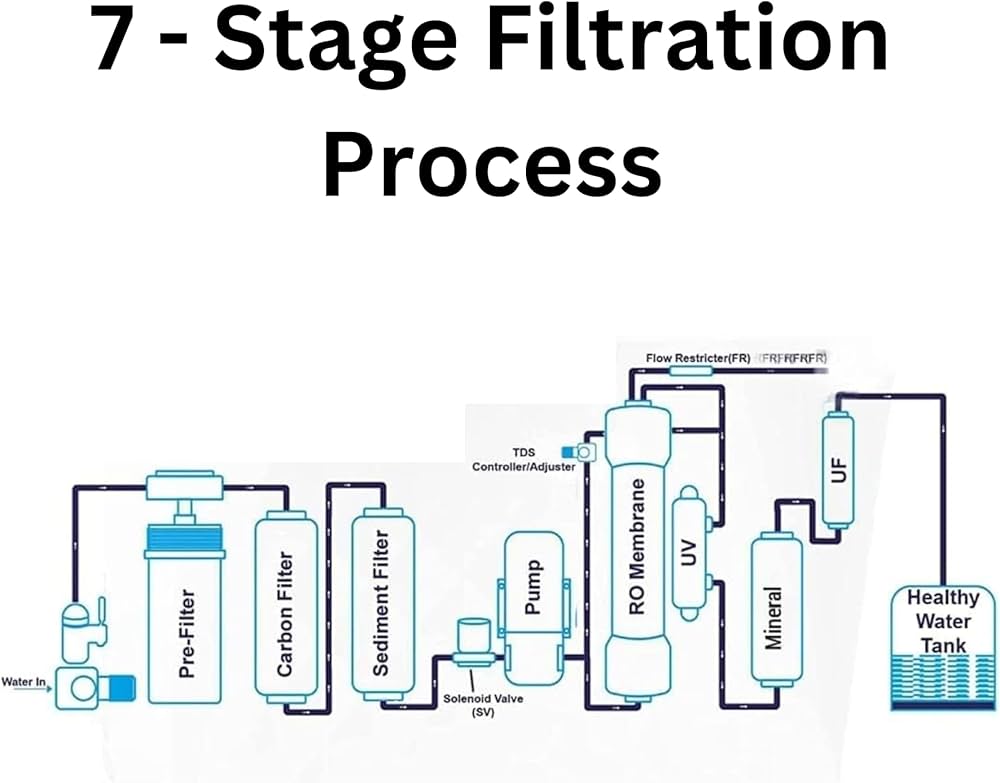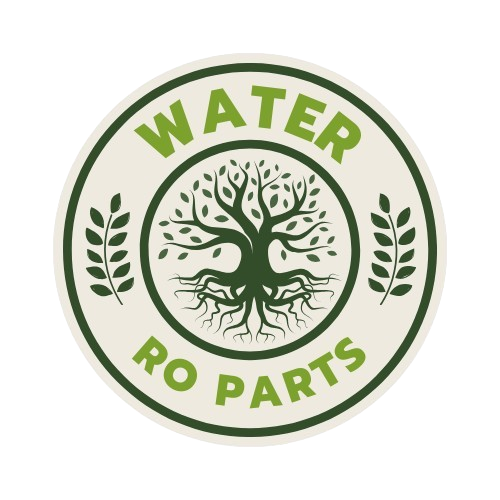How to Maintain Your Reverse Osmosis System
The reverse osmosis (RO) system is a key player in providing clean drinking water at home. However, many people overlook the importance of maintaining this essential equipment. Neglecting upkeep can lead to serious performance issues and high replacement costs. Studies show that around 30% of RO systems fail prematurely due to a lack of regular maintenance. Keeping your system in check can vastly improve its lifespan and ensure that your water quality remains high.
Proper maintenance not only saves money but also guarantees that the water you drink is pure and refreshing. Following a simple maintenance routine can keep your RO system running efficiently for years to come. Here’s how you can ensure long-lasting performance.
Understanding Your Reverse Osmosis System
Key Components of an RO System and Their Functions
An RO system typically includes several crucial components, each serving a specific purpose:
- Pre-filters: Remove larger particles and sediments.
- RO Membrane: Removes dissolved solids, contaminants, and impurities.
- Storage Tank: Holds filtered water for immediate access.
- Post-filters: Polishes water for taste before it reaches your tap.
Common Issues and Their Causes
Understanding potential problems helps in early diagnosis. Common issues include:
- Low Water Pressure: Often caused by clogged filters.
- Sediment Buildup: Can lead to inefficient filtration.
- Strange Odors or Tastes: May indicate old or failing filters.
Understanding Your System’s Specific Manual and Warranty Information
Every RO system comes with its own manual. Familiarize yourself with it for optimal maintenance and warranty details. Knowing specifications and manufacturer recommendations is crucial.
Regular Cleaning and Maintenance Tasks
Frequency of Cleaning Based on Water Quality and Usage
The cleaning frequency may depend on:
- Water Quality: Hard water may cause more buildup.
- Usage: Higher usage leads to quicker wear.
A general schedule could be:
- Pre-Filters: Every 6 months.
- RO Membrane: Every 2-3 years.
- Post-Filters: Every 12 months.
Step-by-Step Guide to Cleaning Pre-Filters and Membranes
- Turn off the water supply.
- Remove pre-filter and rinse it under warm water.
- For membranes, check manufacturer’s guidelines on cleaning solutions.
- Reassemble after cleaning.

Actionable Tips for Extending Lifespan of RO Components
- Use approved cleaning solutions.
- Avoid abrasive materials during cleaning.
- Monitor water pressure regularly.
Monitoring Water Quality and Pressure
Importance of Regular Water Quality Testing
Testing water quality lets you know the state of your drinking water. A reputable water-testing kit can reveal levels of contaminants. Regular testing is crucial to ensure safety.
Troubleshooting Low Water Pressure Issues
For low water pressure:
- Check for leaks: Inspect fittings and hoses.
- Examine filters: Clogged filters can reduce flow.
- Inspect the RO membrane: Check for tears or damage.
Interpreting Signs of a Failing RO System
Watch for:
- A noticeable change in water taste or smell.
- Cloudy or discolored water.
- Slow or reduced water flow.
Replacing Filters and Membranes
Signs That Your Filters Need Replacing
Keep an eye out for:
- Slow water flow.
- Discoloration of water.
- Unpleasant tastes.
Choosing the Right Replacement Filters for Your System
Make sure to select filters that are compatible with your specific RO system. Check reputable suppliers and manufacturers for branded options.
Step-by-Step Guide to Replacing Filters and Membranes
- Turn off water supply and drain the storage tank.
- Remove the old filter from its housing.
- Install the new filter securely.
- Reassemble the unit, turn on the water supply, and check for leaks.
Preventative Maintenance
Preventative maintenance can save money in the long run. Regular check-ups help avoid costly repairs and replacements, ensuring you always have clean water.
Conclusion: Your RO System: A Long-Term Investment
It’s clear that regular maintenance is essential for saving money and ensuring access to healthy, clean water. Key takeaways include:
- Keep to a regular cleaning and replacement schedule.
- Monitor water quality and pressure frequently.
- Don’t hesitate to reach out for professional help when needed.
Share your tips and experiences with maintaining your RO system, and let’s keep the conversation going about the importance of clean drinking water!

